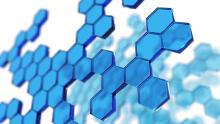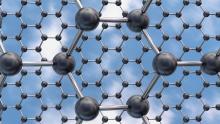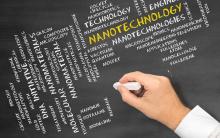Benign-by-design approach to nano-innovation

EU-funded researchers have developed a fresh 'benign-by-design' approach to balancing the commercial and societal benefits of nanomaterial innovations and their environmental impacts, which are notoriously difficult to pinpoint.









